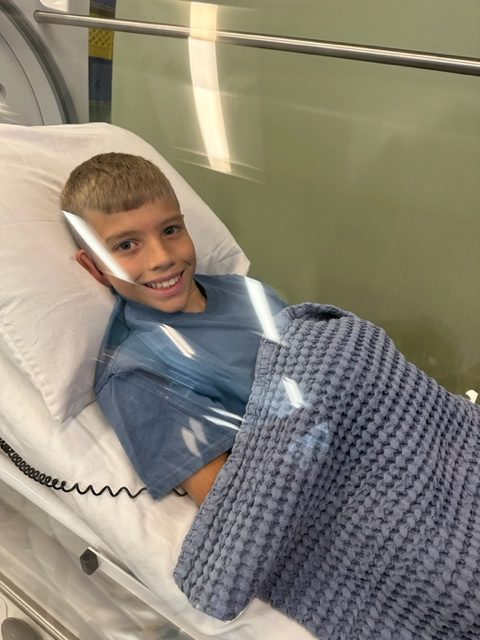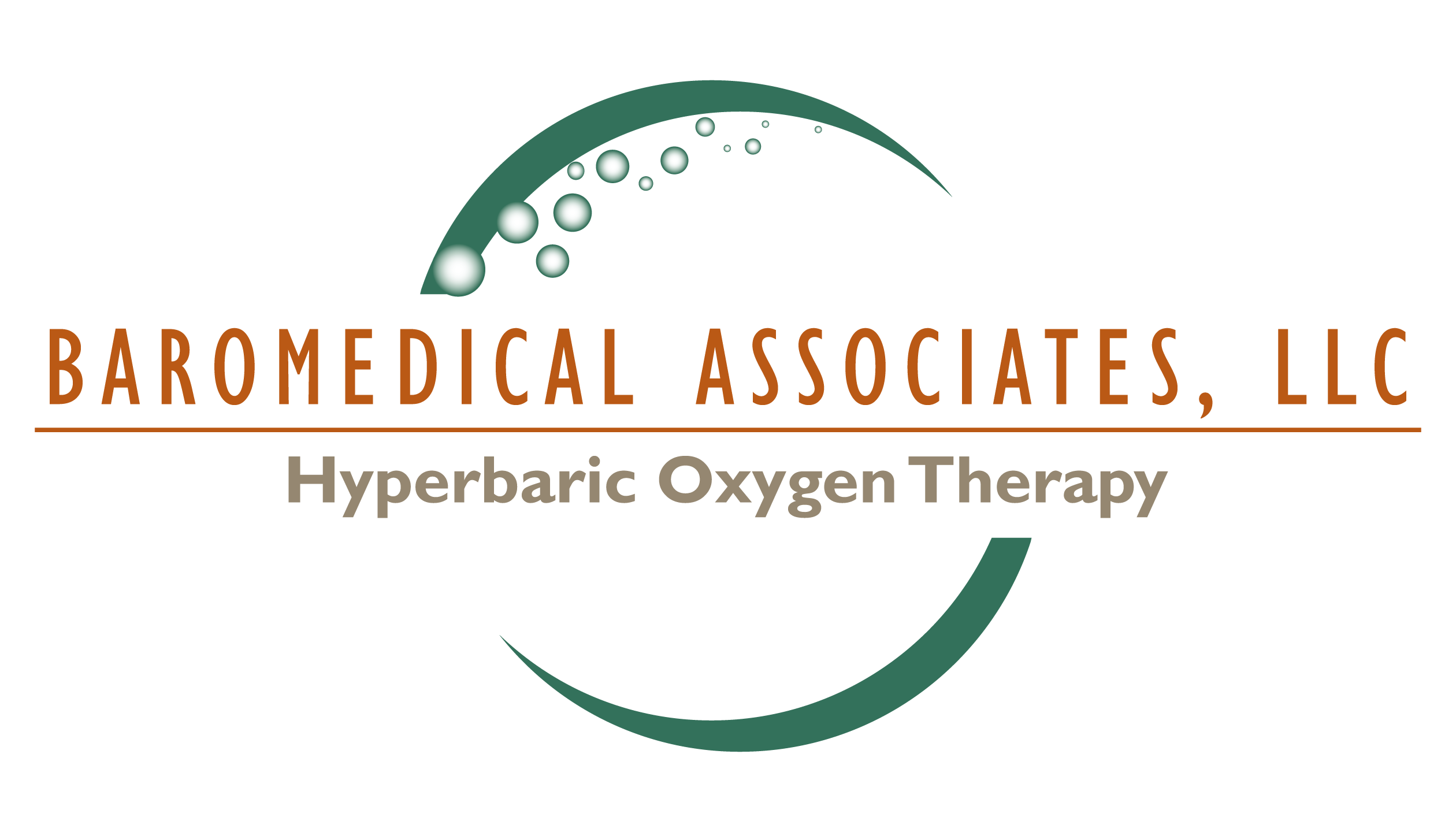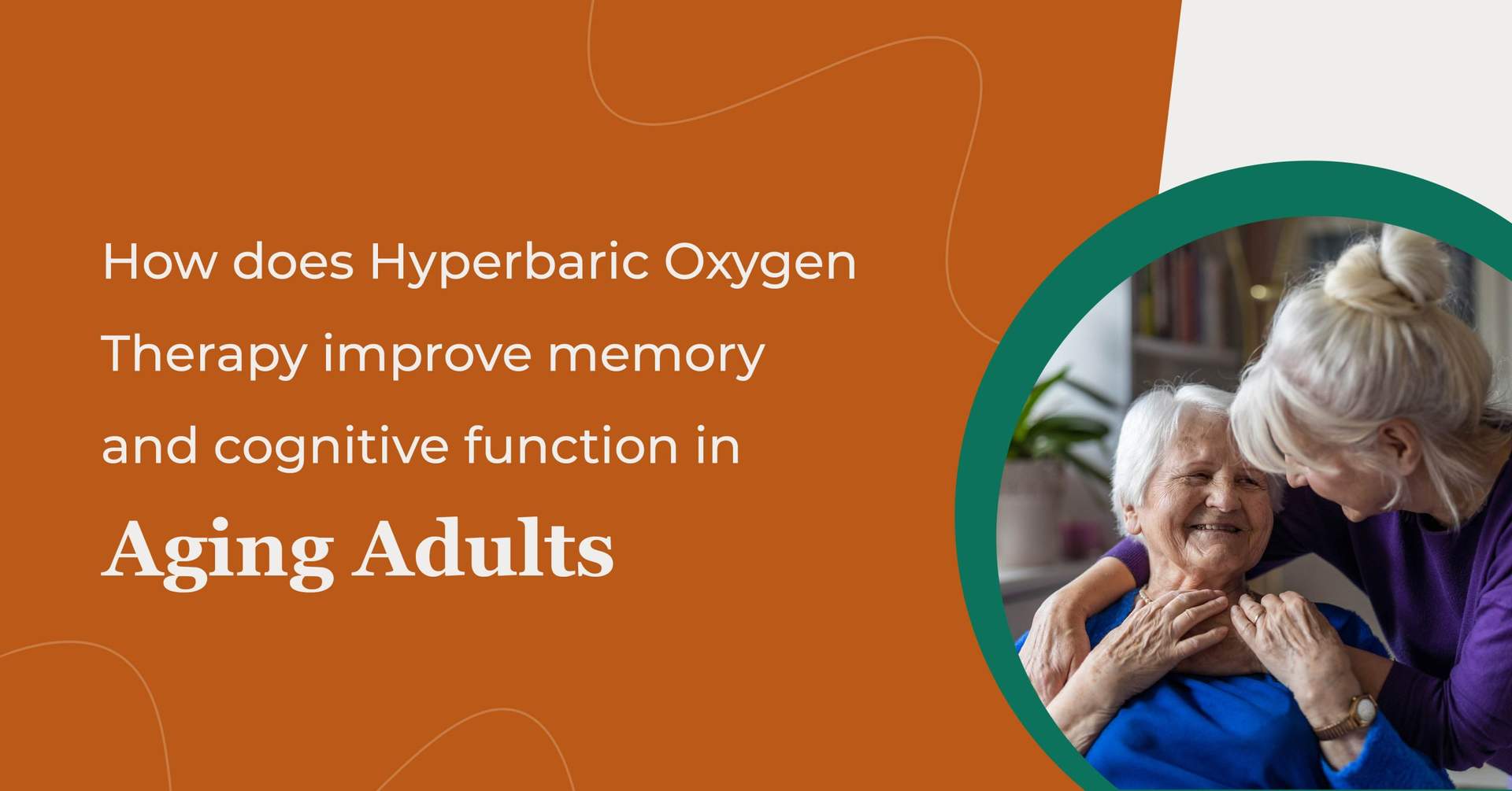Hyperbaric oxygen therapy (HBOT) is a remarkable treatment option that has shown significant benefits for cancer patients receiving radiation therapy. While radiation is a common cancer treatment, it can lead to unintended damage in healthy tissues. This is where HBOT steps in, mitigating these effects and speeding up recovery. Consider how cutting-edge hyperbaric treatment aids in the aftermath of radiation therapy.

Reduction of Radiation-Induced Tissue Damage
One of the primary concerns after radiation therapy is the damage it causes to healthy tissues surrounding the treatment area. Radiation impairs blood flow, leading to tissue injury that may manifest months or even years later, a long-term side effect known as delayed radiation injury. Common symptoms include chronic pain, fibrosis (tissue thickening and scarring), impaired wound healing, skin changes, and dysfunction of affected organs.
HBOT counteracts these effects by increasing the number of blood vessels in radiated tissues. This enhances blood circulation and potentially restores damaged tissues to their pre-radiation state.
Enhanced Oxygenation in Radiated Areas
HBOT exposes the body to pure oxygen at higher-than-normal pressures, which significantly increases blood oxygen levels. This heightened oxygenation treats hypoxic (oxygen-deprived) tissues, making them more resistant to radiation going forward. In this way, HBOT treats radiation injuries and enhances the effectiveness of radiation therapy against tumors.
Accelerated Healing of Radiation Burns
Radiation therapy can cause slow-healing burns. Hyperbaric oxygen therapy addresses this by supplying 100% oxygen in a pressurized chamber, fostering the growth of new skin, blood vessels, and connective tissues. This accelerated tissue regeneration is particularly effective for delayed radiation injuries.
Improved Soft Tissue Recovery
HBOT aids the recovery of soft tissues by reversing radiation-induced vascular changes. Hyperbaric treatment leads to near-normal levels of transcutaneous oxygen, even years after treatment is complete. This suggests that the angiogenesis (formation of new blood vessels) induced by HBOT is effectively permanent, eliminating the need for long-term hyperbaric oxygen treatment.
Potential Prevention of Late Radiation Side Effects
The scarred, narrowed blood vessels sometimes resulting from radiation therapy starve soft tissues and bones of blood, leading to their death or damage. As many as 10% to 15% of patients receiving intensive radiation therapy experience these side effects months or years after treatment has ended.
Due to its ability to increase blood flow and vascularization, HBOT is instrumental in not only treating but also preventing late radiation side effects. This defensive aspect of HBOT makes it a valuable component of radiation therapy aftercare, safeguarding patients against future complications.
Partner with Baromedical Associates, LLC
At Baromedical Associates, LLC, we’re committed to offering the most advanced and effective treatment for radiation therapy patients. We use the world’s most advanced and spacious FDA-approved, single-person hyperbaric chambers. Recognized for our expertise in treating children and international patients, people travel far and wide to enjoy the finest hyperbaric therapy at our four Dallas Metroplex area clinics. We invite you to find a location near you or contact us today for more information.




